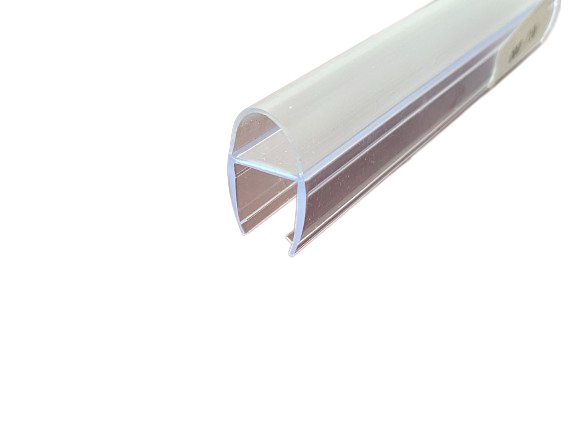Oct . 10, 2024 14:10 Back to list
plastic steel door and window rubber sealing strip factories
Exploring the World of Plastic Steel Door and Window Rubber Sealing Strip Factories
In the modern architecture and construction landscape, the functionality and efficiency of building components play a critical role in ensuring durability and energy efficiency. One of the unsung heroes in this domain is the rubber sealing strip used in plastic steel doors and windows. These sealing strips not only enhance the aesthetic appeal of doors and windows but also serve a vital function in terms of insulation, air and water resistance, and overall structural integrity. This article delves into the importance, manufacturing processes, and key aspects of rubber sealing strips in the context of plastic steel door and window production.
Importance of Rubber Sealing Strips
Rubber sealing strips, especially when used in conjunction with plastic steel frames, provide myriad benefits. One of the primary functions of these strips is to act as a barrier against environmental elements. They help in preventing wind, rain, dust, and noise from entering a building. This is particularly significant in urban areas where noise pollution and extreme weather conditions can compromise comfort.
Additionally, these sealing strips contribute to the energy efficiency of a building. By ensuring a perfect fit between doors and frames, they minimize air leakage, which can lead to increased heating and cooling costs. The reduced need for artificial heating or cooling translates to lower energy bills and a reduced carbon footprint—an increasingly important consideration in today’s environmentally conscious world.
Manufacturing Processes
The production of rubber sealing strips is a specialized process involving several stages, from material selection to final inspection. Factories typically begin with sourcing high-quality raw materials, which may include different types of rubber compounds tailored for specific applications. EPDM (Ethylene Propylene Diene Monomer) is a popular choice due to its excellent weather resistance properties.
Once the materials are selected, the next stage involves mixing. The rubber compounds are blended with various additives to enhance their properties, such as UV resistance and flexibility. After the mixing process, the rubber is shaped into strips using extrusion techniques. During extrusion, the rubber is forced through a die to create a continuous profile that matches the desired specifications.
plastic steel door and window rubber sealing strip factories

Following extrusion, the rubber strips undergo a curing process, known as vulcanization. This step is crucial as it enhances the durability and elasticity of the rubber. The strips are heated in a mold, allowing for cross-linking of the rubber molecules, which results in a robust finished product.
After curing, the rubber sealing strips are cut to length and subjected to quality checks to ensure they meet industry standards. Factories often implement rigorous testing procedures, including tensile strength tests and weather resistance evaluations, to ensure reliability and performance.
Key Considerations in the Industry
When it comes to selecting a factory for rubber sealing strips, various factors should be considered. Quality control is of paramount importance, as the performance and longevity of sealing strips directly impact the overall efficiency of plastic steel doors and windows. Therefore, manufacturers must adhere to stringent production standards and certifications.
Another consideration is the factory’s capability for customization. As construction needs vary widely, the ability to produce sealing strips in varying sizes, shapes, and materials is advantageous. Lead times and flexibility in meeting client demands are also essential attributes that potential buyers should assess.
Sustainability has become an essential focus in manufacturing. Many factories are now exploring eco-friendly materials and production techniques to meet the demand for more sustainable construction practices. This shift not only aligns with global trends toward environmental responsibility but also appeals to a growing base of eco-conscious consumers.
Conclusion
The often-overlooked rubber sealing strips in plastic steel doors and windows play a critical role in enhancing building performance, energy efficiency, and user comfort. As advancements in manufacturing processes and materials continue to evolve, the importance of selecting the right factories for these components becomes increasingly evident. With a focus on quality, customization, and sustainability, the future of rubber sealing strip production promises to be as revolutionary as the very buildings they help protect. By investing in high-quality sealing solutions, builders and homeowners alike can ensure the longevity and efficiency of their spaces for years to come.
Next:
Prev:




